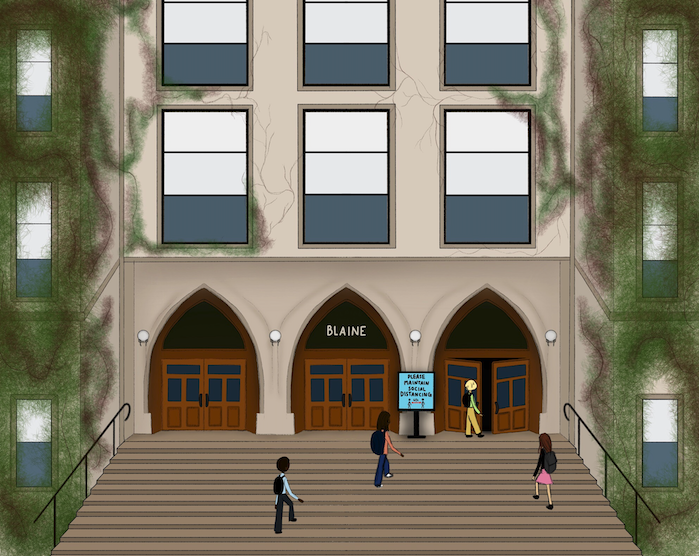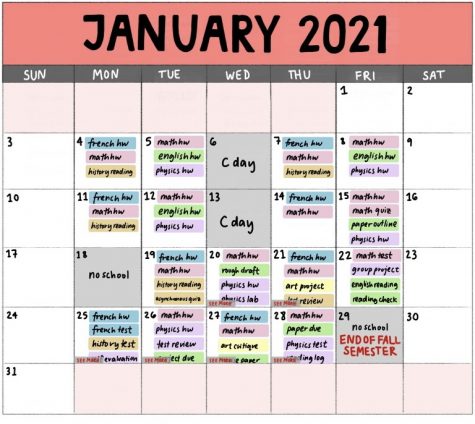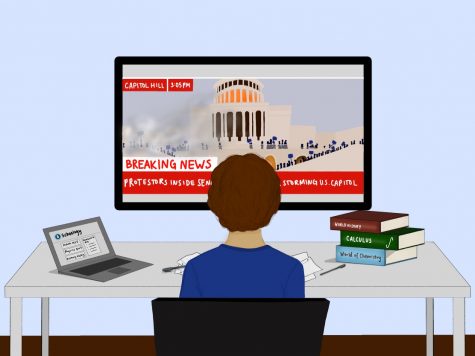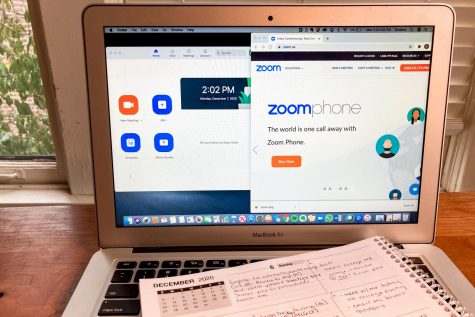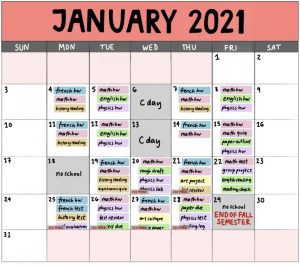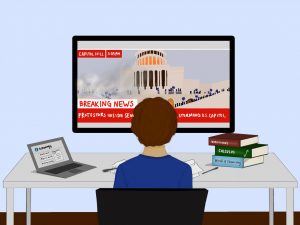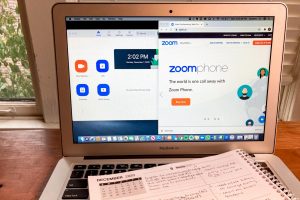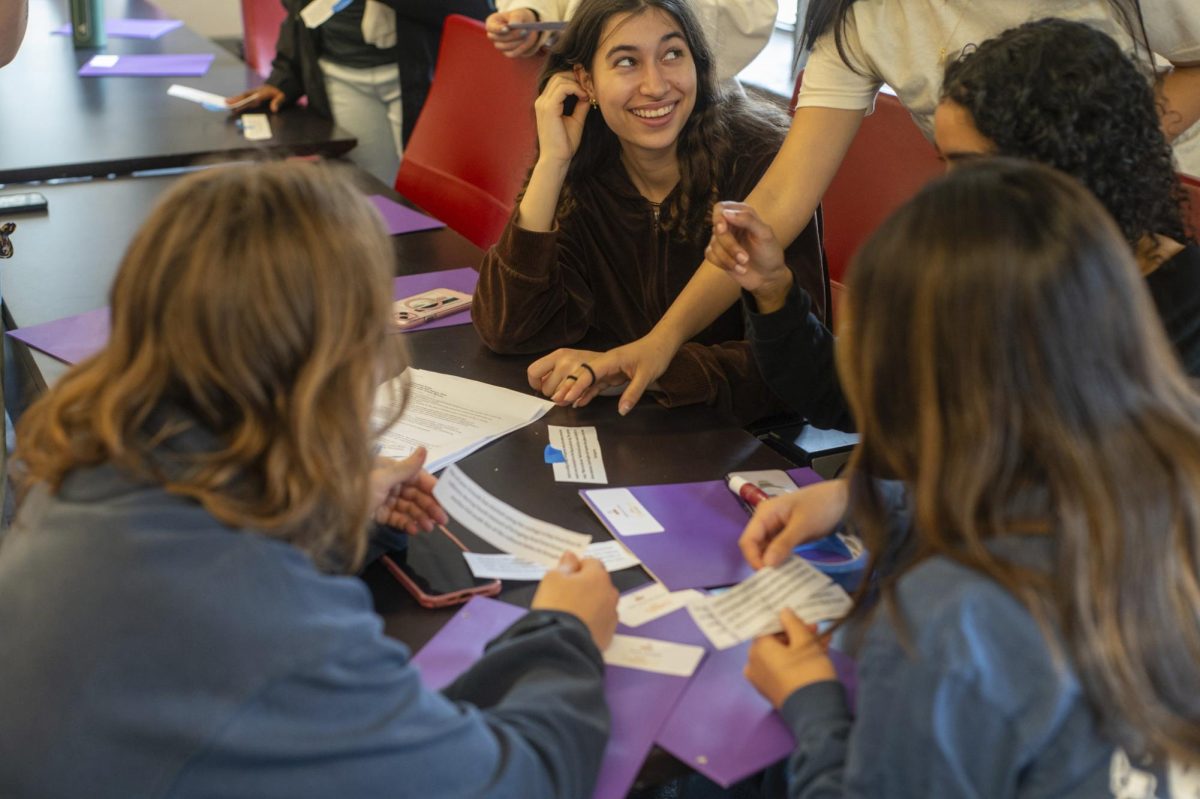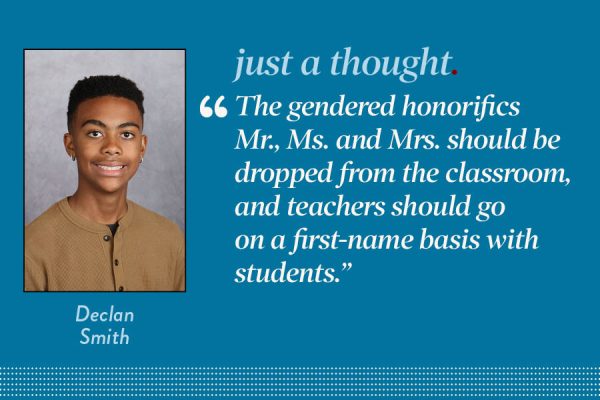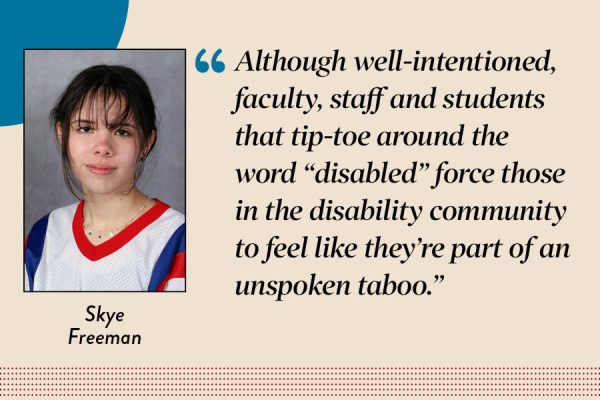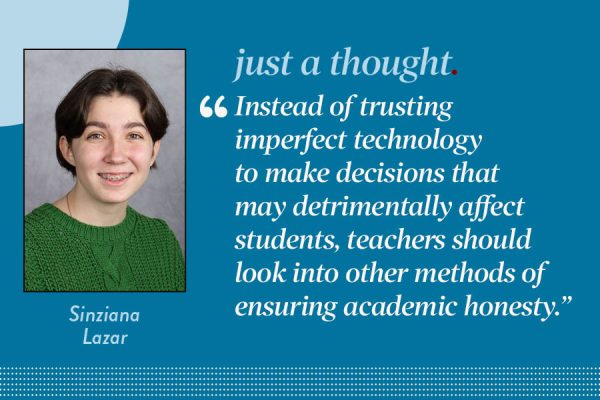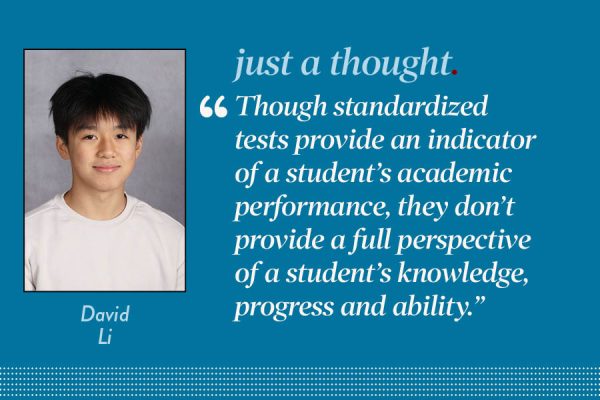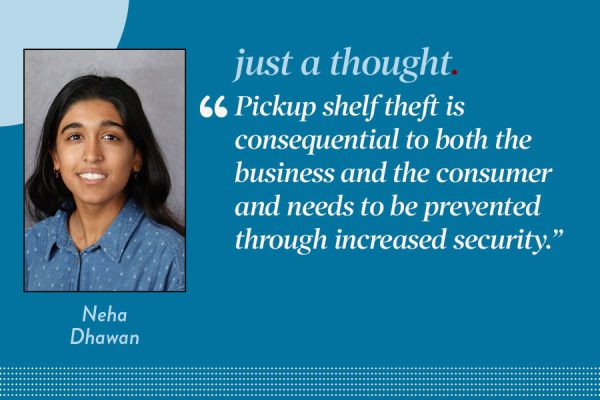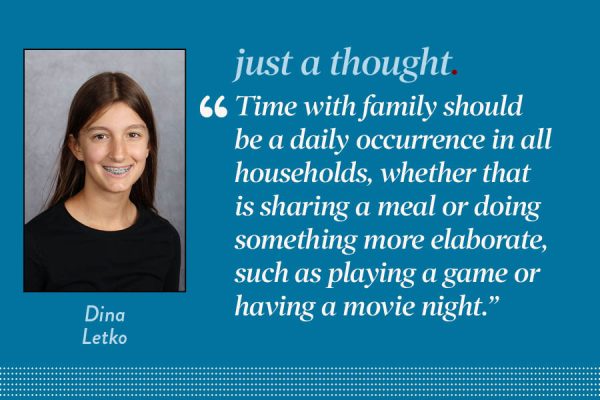Transparency and a clear plan are needed before we proceed with hybrid learning
Transparency and a clear plan are needed as the U-High community prepares to adapt to a hybrid learning model.
February 16, 2021
As the Midway sees it…
When we originally received the announcement that a hybrid learning model would be available beginning March 8, we were excited. Since then, limited planning has been distributed about how hybrid learning will work for both hybrid and fully remote students, leaving us anxious for more information.
To ensure a smooth transition to hybrid learning from our current distance learning environment, all members of the Lab community must dedicate themselves to open and honest communication, recognize and adapt to student struggles, and patiently wait for more information.
all members of the Lab community must dedicate themselves to open and honest communication, recognize and adapt to student struggles, and patiently wait for more information.
The administration must dedicate itself to transparency as they begin to create plans for in-person classes. As the decision was being made to adopt a hybrid learning model, the administration has not yet communicated details with parents, students or faculty. The Jan. 25 announcement felt sudden to many students, parents and faculty as only one week prior to the email announcement, the administration had not suggested any timeline for returning to in-person learning.
Since hybrid learning is new to everyone, the community lacks a clear understanding of what hybrid learning will look like. This has led to speculation, rumors and hypotheticals. Meanwhile, the administration has not prevented this through clear plans of action or even information about when plans are coming. There has been very limited transparency from the administration, preventing other community members from engaging in the planning process. They have refused the faculty request to delay the return to in-person learning until after spring break, resulting in the Faculty Association filing an unfair labor practice charge with the National Labor Relations Board.
The return to some in-person learning demands that the administration collaborates and addresses persistent concerns. As the administration finalizes plans for hybrid learning, they must develop a system to collect and respond to feedback from students, parents and faculty.
Teachers must also be responsive to student needs as they plan curricula for the spring. Just because some students are returning in person does not mean they can immediately return to intense, rigorous academic instruction. Teachers must continue to prioritize mental health over academic rigor, especially for students remaining in distance learning.
Additionally, teachers must strive for equity in the classroom to the best of their ability, by only planning activities and only giving assignments that everyone can participate in, whether they are in person or in distance learning. Weekly plans and adding assignments to the Schoology calendar have helped students keep track of their work and plan independently. Teachers should continue publishing these to help in-person and distance learning students equally.
Students who choose to attend in-person classes must be patient as new plans are published. This is another new environment to adapt to, and consequently there will be room for criticism and improvement. We must strictly adhere to established safety rules, and hold our peers accountable for following health guidelines as well. Students are responsible for their own health, and the health of others. Following the rules is the only way to ensure that this hybrid model is sustainable.
As we strive to accommodate different people’s needs in another unknown situation, we must take the return to in-person learning one step at a time, starting with understanding the plan.



